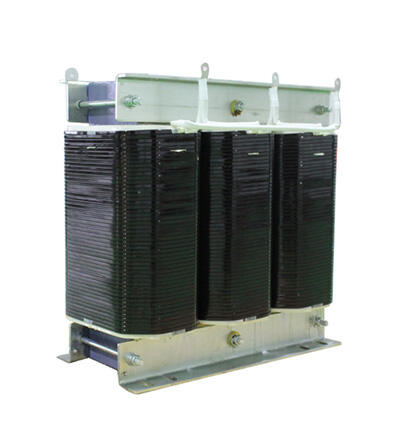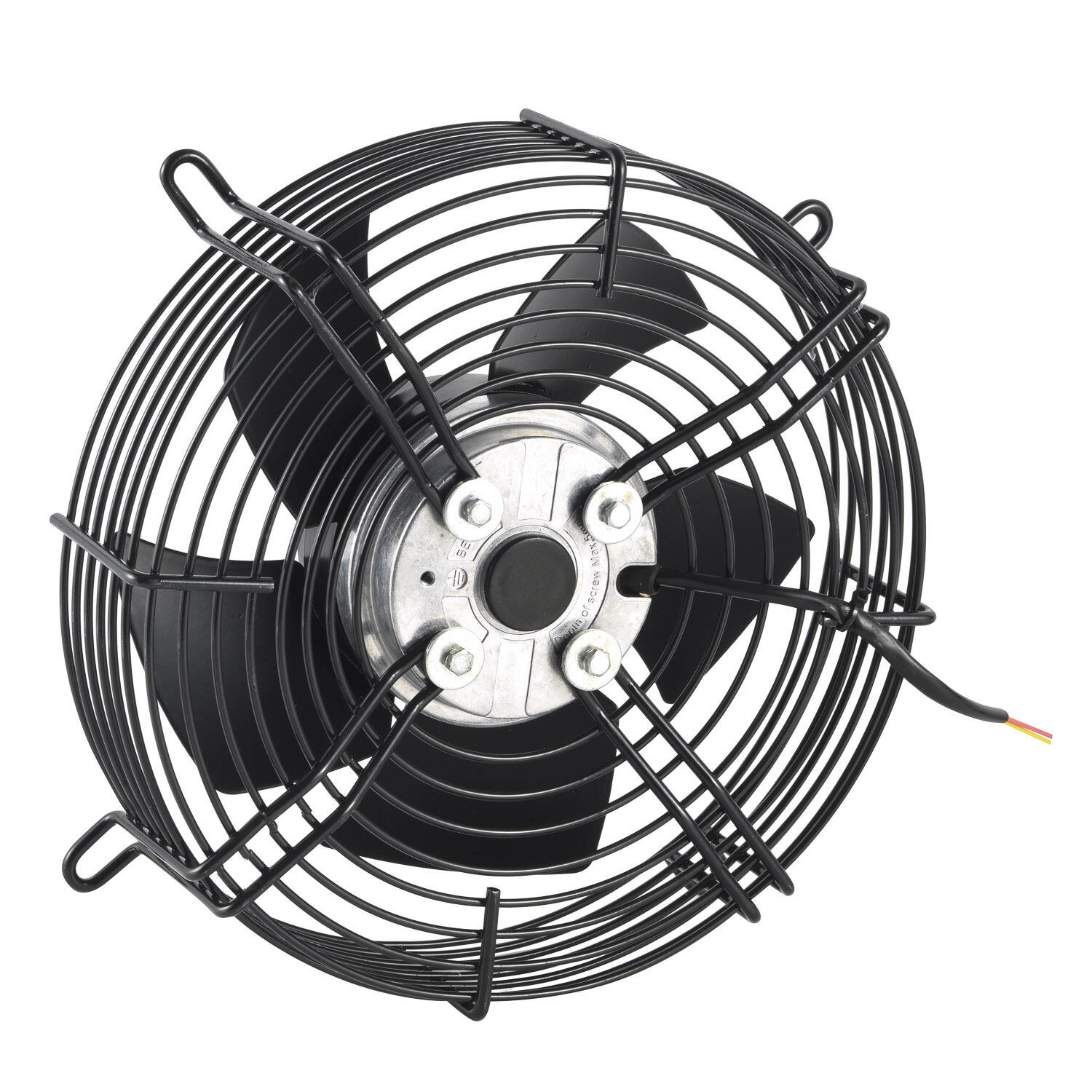လျှပ်စစ်လိုင်းမရှိသော အိုင်းဒူးဖြစ်စေခြင်း တိုင်းတာခြင်း
ကြိုးမဲ့ အပူချိန် တိုင်းတာမှုဟာ အစဉ်အလာ ကြိုးကိုင် ဖြေရှင်းနည်းတွေရဲ့ ကန့်သတ်ချက်တွေ မပါဘဲ အချိန်နဲ့တပြေးညီ အပူချိန် ဒေတာ စုဆောင်းမှုကို ပေးနိုင်တဲ့ စောင့်ကြည့်မှုနဲ့ ထိန်းချုပ်ရေး စနစ်တွေမှာ တော်လှန်ရေး တိုးတက်မှု တစ်ခုကို ကိုယ်စားပြုပါတယ်။ ဒီနည်းပညာက ရေဒီယို ကြိမ်နှုန်း (သို့) အခြားကြိုးမဲ့ ပရိုတိုကောလ်တွေကနေ ဗဟိုစောင့်ကြည့်ရေးစခန်းကို အပူချိန်ဖတ်တာတွေကို ပို့လွှတ်တဲ့ ရှုပ်ထွေးတဲ့ အာရုံခံကိရိယာတွေကို သုံးပါတယ်။ စနစ်မှာ ပုံမှန်အားဖြင့် အဓိက အစိတ်အပိုင်း သုံးခုပါဝင်ပါတယ်- အပူချိန်အာရုံခံကိရိယာတွေ၊ ကြိုးမဲ့ ထုတ်လွှင့်ရေးကိရိယာတွေနဲ့ ဒေတာကို စီမံခန့်ခွဲပြီး ပြသပေးတဲ့ လက်ခံယူနစ်တွေပါ။ ဒီကိရိယာတွေဟာ စက်မှု၊ သိပ္ပံနဲ့ ဆေးပညာ (ISM) ရေဒီယိုဘောင်တွေကို အများအားဖြင့် အသုံးပြုပြီး အခက်အခဲရှိတဲ့ ပတ်ဝန်းကျင်မှာတောင် ယုံကြည်မှုရှိတဲ့ ဆက်သွယ်မှုကို အာမခံတဲ့ ကြိမ်နှုန်းအမျိုးမျိုးမှာ လုပ်ဆောင်နိုင်ပါတယ်။ နည်းပညာသည် တိုင်းတာမှုမှတ်များစွာကို တစ်ပြိုင်နက် ထောက်ပံ့ပေးပြီး ဧရာမနေရာများ သို့မဟုတ် ရှုပ်ထွေးသော တပ်ဆင်မှုများတွင် အပူချိန်ကို အပြည့်အဝ စောင့်ကြည့်နိုင်သည်။ ခေတ်သစ်ကြိုးမဲ့ အပူချိန်တိုင်းတာရေးစနစ်များသည် မကြာခဏဆိုသလို cloud platform များနှင့် ပေါင်းစပ်လျက် မိုဘိုင်းကိရိယာများ သို့မဟုတ် ကွန်ပျူတာများမှတဆင့် ဒေတာ သိုလှောင်ခြင်း၊ ဆန်းစစ်ခြင်းနှင့် အဝေးမှ ဝင်ရောက်နိုင်သည်။ ၎င်းတို့တွင် ပုံမှန်အားဖြင့် ပရိုဂရမ်လုပ်လို့ရတဲ့ အော်ဂရမ်၊ အလိုအလျောက် ဒေတာ မှတ်တမ်းတင်ခြင်းနှင့် ပြုပြင်လို့ရတဲ့ အစီရင်ခံရေး လုပ်ဆောင်ချက်များ ပါဝင်ပါတယ်။ အသုံးပြုမှုများသည် ထုတ်လုပ်မှု၊ အစားအစာ ထုတ်လုပ်မှု၊ ဆေးဝါးထုတ်လုပ်မှု၊ HVAC စနစ်များနှင့် သိပ္ပံသုတေသနအပါအဝင် လုပ်ငန်းများစွာကို ကျယ်ပြန့်စွာ ကျယ်ပြန့်စွာ ကျယ်ပြန့်စွာ ကျယ်ပြန့်စွာ ကျယ်ပြန့်စွာ အသုံးပြုနိုင်သည်။ နည်းပညာဟာ စက်ပစ္စည်းတွေ လည်ပတ်နေစဉ်၊ စက်ပစ္စည်းတွေ ရွေ့ရှားနေစဉ် ဒါမှမဟုတ် အန္တရာယ်များတဲ့ ပတ်ဝန်းကျင်တွေလို လက်တွေ့မကျတဲ့၊ စျေးကြီးတဲ့ ဒါမှမဟုတ် အန္တရာယ်များတဲ့ အခြေအနေတွေမှာ အထူးအကျိုးရှိတယ်လို့ သက်သေထူပြပါတယ်။


